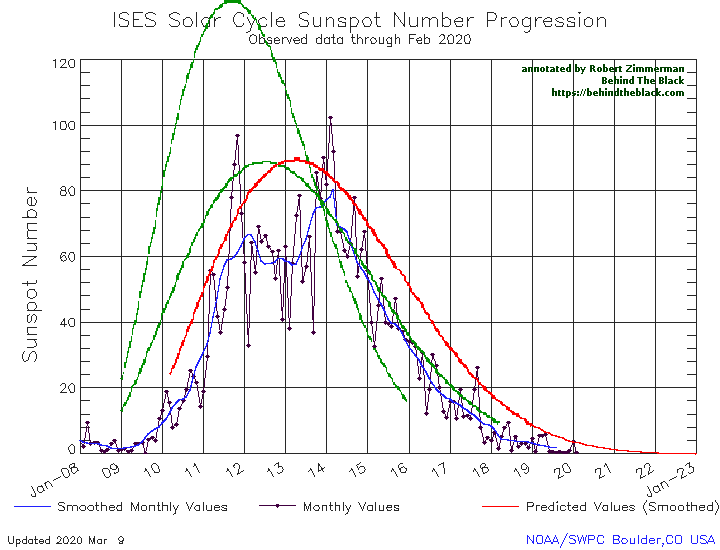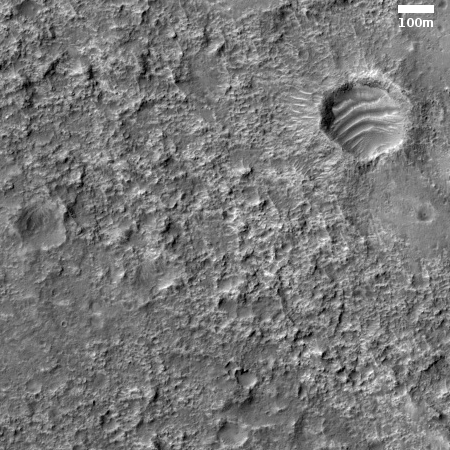China on track for Mars launch in July?
Two stories today, one from Nature and the second from space.com, pushed the idea that China’s Mars orbiter/lander/rover mission is still on schedule to meet the July launch window.
A close read of both stories however revealed very little information to support that idea.
The Nature article provided some details about how the project is working around travel restrictions put in place because of the COVID-19 virus epidemic. For example, it told a story about how employees drove six scientific instruments by car to the assembly point rather than fly or take a train, thereby avoiding crowds.
What struck me however was that this supposedly occurred “several days ago,” and involved six science payloads that had not yet been installed on the spacecraft. To be installing such instrumentation at this date, only four months from launch, does not inspire confidence. It leaves them almost no time for thermal and vibration testing of the spacecraft.
The article also provided little information about the status of the entire project.
The space.com article was similar. Lots of information about how China’s space program is dealing with the epidemic, but little concrete information about the mission itself, noting “the lack of official comment on the mission.” Even more puzzling was the statement in this article that the rover “underwent its space environment testing in late January.”
I wonder how that is possible if those six instruments above had not yet been installed. Maybe the instruments were for the lander or orbiter, but if so that means the entire package is not yet assembled and has not been thoroughly tested as a unit. Very worrisome.
Posting today has been light because I was up most of the night dealing with a family health issue, meaning that I ended up sleeping for several hours during the day. All is well, nothing serious (it is NOT coronavirus), but it has left my brain and schedule very confused. Will likely take a good night’s sleep to get back to normal.
Two stories today, one from Nature and the second from space.com, pushed the idea that China’s Mars orbiter/lander/rover mission is still on schedule to meet the July launch window.
A close read of both stories however revealed very little information to support that idea.
The Nature article provided some details about how the project is working around travel restrictions put in place because of the COVID-19 virus epidemic. For example, it told a story about how employees drove six scientific instruments by car to the assembly point rather than fly or take a train, thereby avoiding crowds.
What struck me however was that this supposedly occurred “several days ago,” and involved six science payloads that had not yet been installed on the spacecraft. To be installing such instrumentation at this date, only four months from launch, does not inspire confidence. It leaves them almost no time for thermal and vibration testing of the spacecraft.
The article also provided little information about the status of the entire project.
The space.com article was similar. Lots of information about how China’s space program is dealing with the epidemic, but little concrete information about the mission itself, noting “the lack of official comment on the mission.” Even more puzzling was the statement in this article that the rover “underwent its space environment testing in late January.”
I wonder how that is possible if those six instruments above had not yet been installed. Maybe the instruments were for the lander or orbiter, but if so that means the entire package is not yet assembled and has not been thoroughly tested as a unit. Very worrisome.
Posting today has been light because I was up most of the night dealing with a family health issue, meaning that I ended up sleeping for several hours during the day. All is well, nothing serious (it is NOT coronavirus), but it has left my brain and schedule very confused. Will likely take a good night’s sleep to get back to normal.






